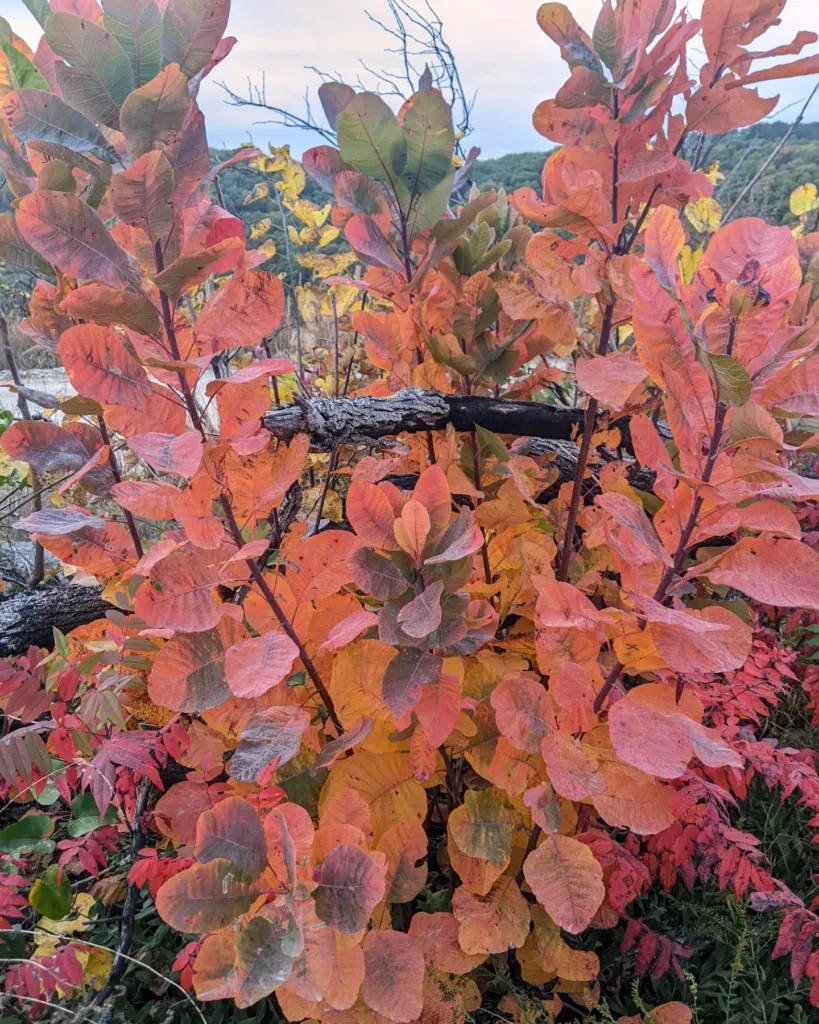FAQs About Peperomia Bibi
As a plant enthusiast, I’ve come across many intriguing plant varieties, and Peperomia Bibi is no exception. This charming little plant has captured my interest with its unique appearance and easy care requirements. If you’re considering adding Peperomia Bibi to your collection, here are some frequently asked questions I’ve encountered, along with my insights.
1424 Species in Genus Peperomia
What Is Peperomia Bibi?
Peperomia Bibi is a small, compact plant known for its striking foliage. It belongs to the Peperomia genus, which is part of the Piperaceae family. This plant features thick, rounded leaves that are glossy and green, often tinged with red or burgundy on the undersides. Its growth habit is relatively low and bushy, making it an excellent choice for small spaces or as a tabletop plant.
How to Care for Peperomia Bibi?
Caring for Peperomia Bibi is relatively straightforward, which makes it a great choice for both beginners and seasoned plant lovers. Here are some key care tips I follow to keep my Peperomia Bibi thriving:
- Light: Peperomia Bibi prefers bright, indirect light. Direct sunlight can scorch its leaves, so placing it near a window with filtered light is ideal. It can tolerate lower light conditions, but its growth may slow down.
- Water: This plant is sensitive to overwatering. I let the top inch of soil dry out before watering again. During the winter months, I reduce watering frequency to prevent root rot.
- Humidity: Peperomia Bibi enjoys moderate to high humidity. In dry indoor environments, I occasionally mist the plant or place a humidity tray nearby to maintain adequate moisture levels.
- Temperature: It thrives in temperatures ranging from 65°F to 80°F (18°C to 27°C). I avoid placing it near drafts or heating vents, as sudden temperature changes can stress the plant.
- Soil: A well-draining potting mix is essential. I use a cactus or succulent mix with added perlite to ensure proper drainage and prevent waterlogged soil.
How to Propagate Peperomia Bibi?
Propagating Peperomia Bibi is quite easy and can be done through stem cuttings. Here’s the method I use:
- Select a Healthy Stem: Choose a healthy, non-flowering stem with a few leaves. Using sterilized scissors or a sharp knife, cut the stem just below a leaf node.
- Prepare the Cutting: Remove the lower leaves from the cutting, leaving a few leaves at the top. Allow the cutting to dry for a few hours to form a callus over the cut end.
- Root the Cutting: Place the cutting in a small pot with a well-draining potting mix. I keep the soil lightly moist and place the pot in bright, indirect light. The cutting should root within a few weeks.
- Transplant: Once the cutting has developed a good root system, I transplant it into a larger pot to continue growing.
What to Plant with Peperomia Bibi?
Peperomia Bibi pairs well with a variety of companion plants. Here are a few combinations I’ve found work well:
- Succulents: Due to its similar care needs, Peperomia Bibi works well with succulents like Echeveria or Haworthia. Their contrasting textures create an interesting display.
- Other Peperomias: Combining different Peperomia varieties can create a lush, varied collection. Peperomia Obtusifolia or Peperomia Argyria complement Peperomia Bibi beautifully.
- Air Plants: The minimalist look of air plants (Tillandsia) contrasts nicely with Peperomia Bibi’s dense foliage. They both thrive in similar light conditions.
Common Issues with Peperomia Bibi
Like any plant, Peperomia Bibi can encounter a few problems. Here are some issues I’ve come across:
- Overwatering: The most common problem is overwatering, leading to root rot. I ensure the soil is dry before watering again and use a pot with drainage holes.
- Pest Infestations: Occasionally, I notice small pests like spider mites or mealybugs. I address this by wiping the leaves with a damp cloth and applying insecticidal soap if needed.
- Leaf Drop: If the plant’s leaves start to drop, it might be a sign of inconsistent watering or exposure to cold drafts. I adjust the watering schedule and check for any drafts.
How to Choose a Healthy Peperomia Bibi?
When selecting a Peperomia Bibi, I look for the following signs of health:
- Vibrant Foliage: The leaves should be glossy and free of spots or discoloration.
- Firm Stems: The stems should be firm and not limp or mushy.
- No Pests: Check for signs of pests on the leaves and soil.
Adding Peperomia Bibi to your plant collection can be a rewarding experience. Its unique appearance and relatively easy care make it a standout choice for any plant lover. I hope these FAQs help you successfully grow and enjoy your own Peperomia Bibi!
If i die, water my plants!



